Premium Only Content
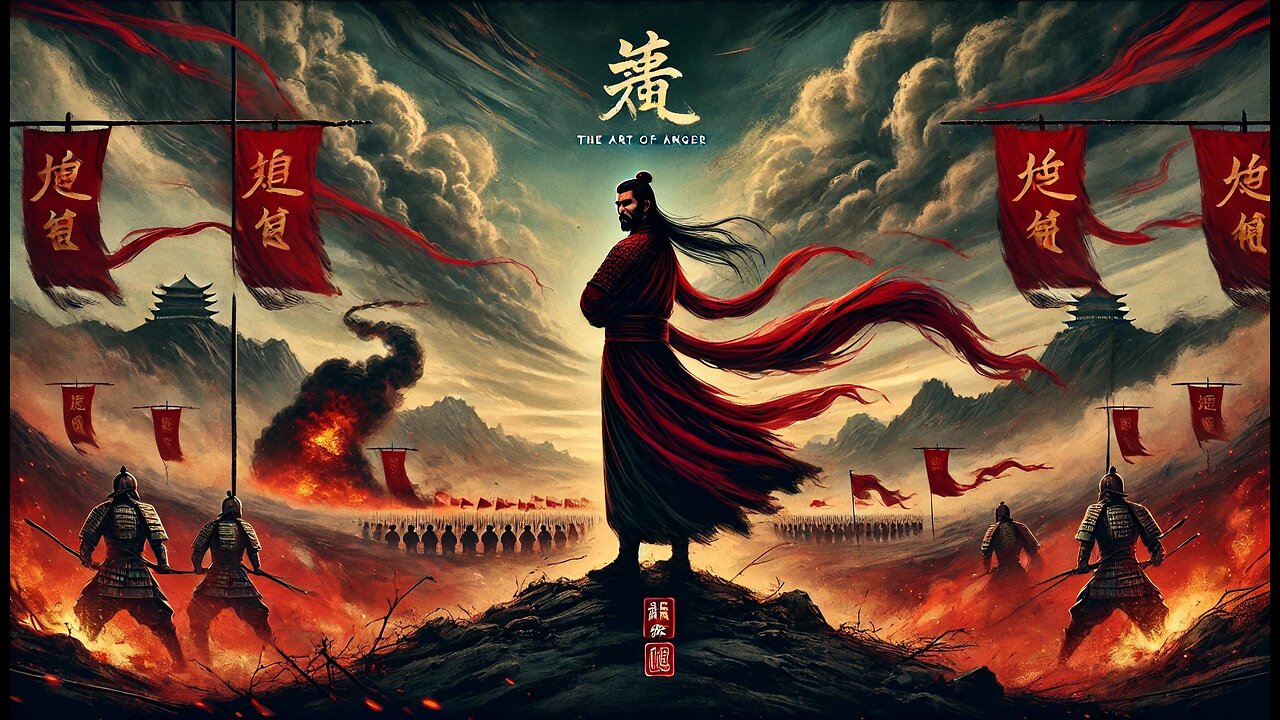
Sun Tzu and the Art of Anger
Anger is not chaos. It is weather. A general who understands this prepares not for storms, but for patterns. To fear anger is to be ruled by it. To suppress anger is to turn it into a hidden flood. But to understand anger—to read it as terrain—this is strategy.
The leader who silences anger believes he creates peace. But he has only paved over fault lines. When expression and recognition are forbidden, emotion does not vanish—it waits. It gathers like water behind a dam. And when the pressure becomes too great, it erupts—not with words, but with ruin.
Systems that deny expression lose more than emotion—they lose clarity. They forget injustice. They forget how to feel. This is not unity. This is blindness. The strategist who cannot read anger walks into ambush with open eyes.
When anger returns, it does so without direction. What could have been shaped becomes a storm. A leader who once had time to listen now faces a crowd too loud to hear. Suppression does not prevent conflict—it delays it until it cannot be controlled.
But harmony is possible—not through denial, but through design. Let anger be seen. Let it speak. When anger, expression, and recognition flow together, they become strength. The people become resilient, not brittle. The army becomes loyal, not silent.
A wise general builds systems that breathe. He studies morale as closely as supply lines. He listens for silence as carefully as for shouts. He channels fire into light, and voice into vision. This is not softness. This is supreme command.
So I leave you this: Anger is not your enemy. Misreading it is. Shape the emotional terrain before your enemies shape it for you. For in every silence, there is a signal. And in every voice, a chance to win without fighting.
-
 49:25
49:25
ThisIsDeLaCruz
5 hours ago $15.14 earnedBack Stage Pass with Avenged Sevenfold
49.2K8 -
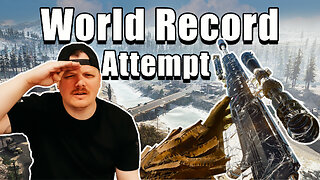 6:43:40
6:43:40
GritsGG
10 hours agoWorld Record Win Streak Attempt! #1 Most Wins 3880+!
26K2 -
 3:12:05
3:12:05
Tundra Tactical
8 hours ago $22.59 earnedProfessional Gun Nerd Plays Battlefield 6
56.1K6 -
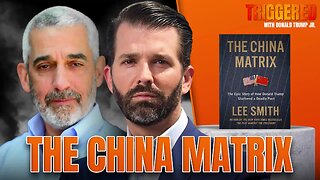 1:01:12
1:01:12
Donald Trump Jr.
10 hours agoThe China Matrix with Journalist Lee Smith | TRIGGERED Ep.288
146K90 -
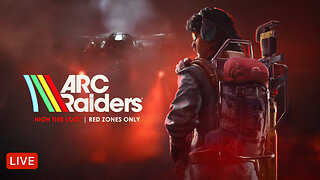 11:56:00
11:56:00
Dr Disrespect
15 hours ago🔴LIVE - DR DISRESPECT - ARC RAIDERS - FULL SEND INTO THE RED
164K18 -
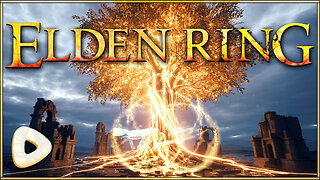 5:17:51
5:17:51
JdaDelete
6 hours ago $0.43 earnedFinally playing Eldin Ring | First Playthrough Episode 2
13.4K4 -
 1:02:08
1:02:08
BonginoReport
9 hours agoNicki Minaj Speaks Out Against Christian Persecution - Nightly Scroll w/ Hayley Caronia (Ep.169)
69.6K54 -
 5:23:36
5:23:36
HomieQuest
8 hours agoLive Streaming! Pokemon Legends Z-A
5.34K4 -
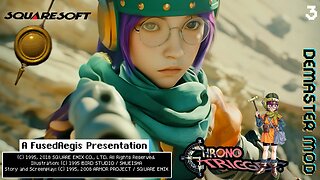 5:33:02
5:33:02
FusedAegisTV
11 hours agoFUSEDAEGIS PLAYS THE GREATEST JRPG EVER MADE ⌛► CHRONO TRIGGER (1995) Part 3
4.46K3 -
 2:13:20
2:13:20
Nerdrotic
7 hours ago $4.26 earnedNerdrotic At Night 531
33.3K5